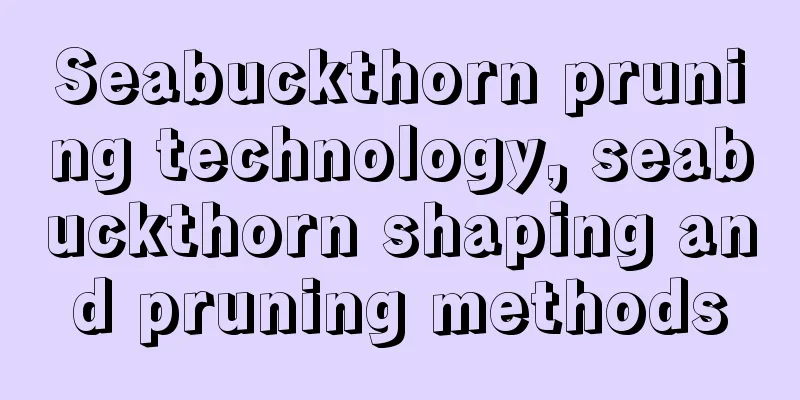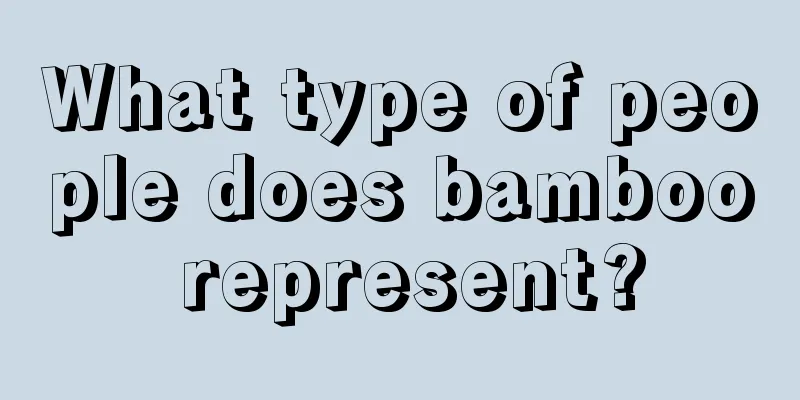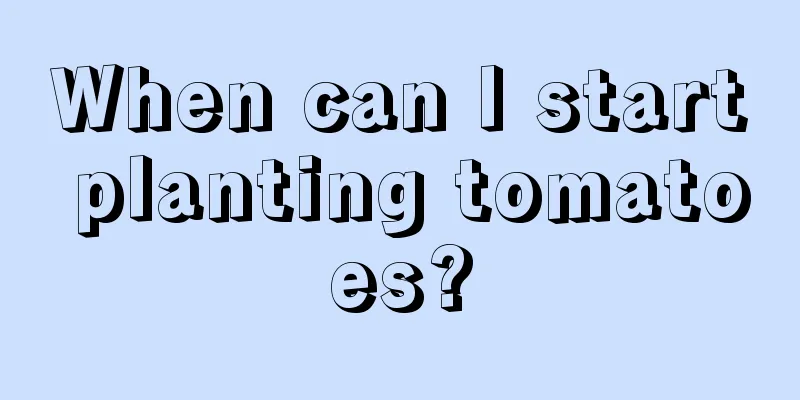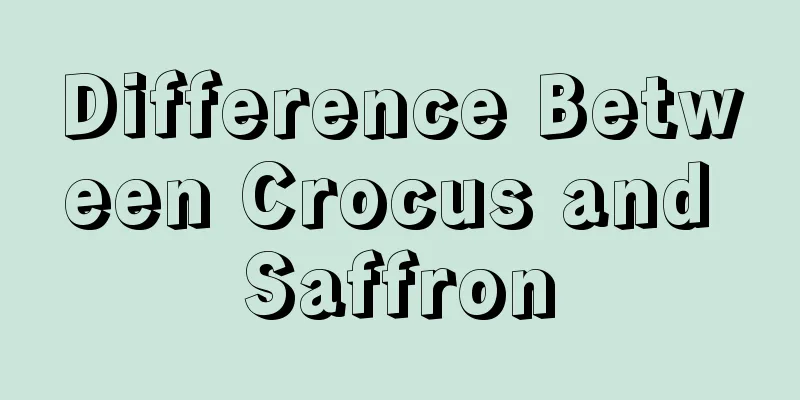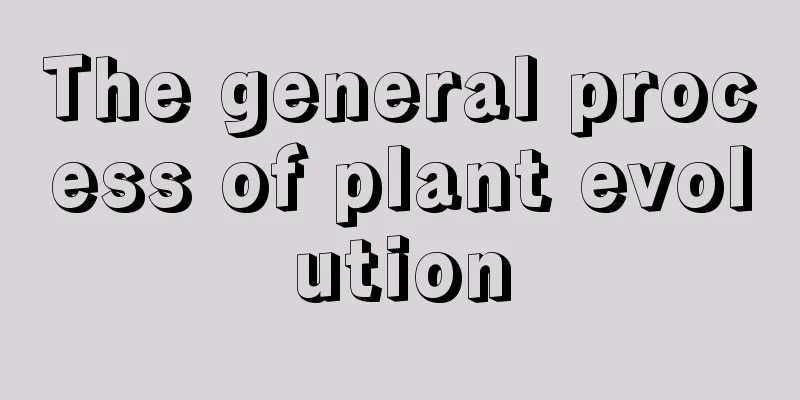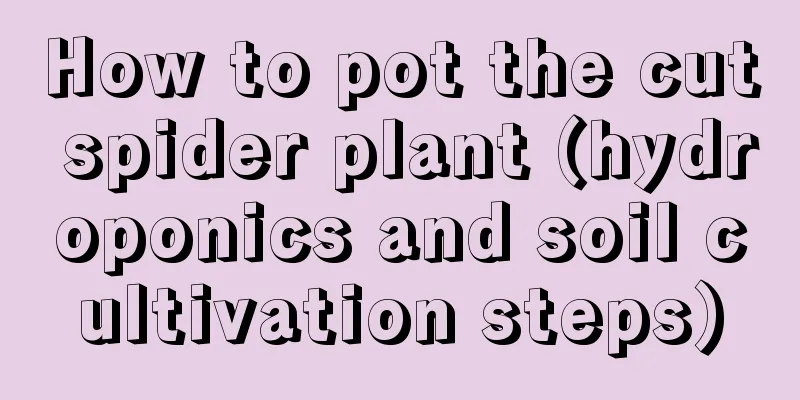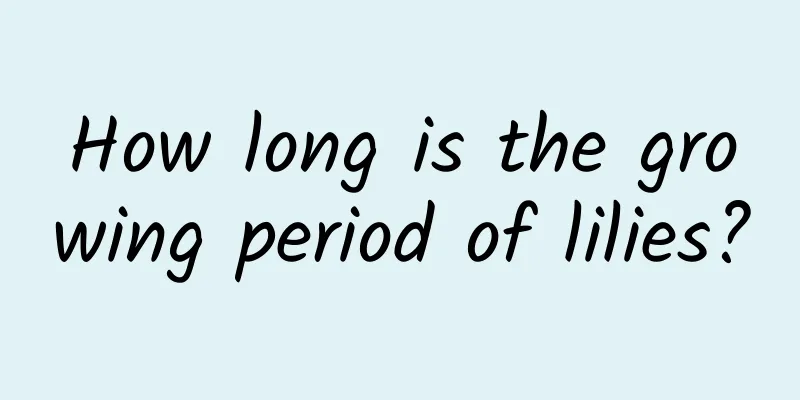Choose this kind of soil when growing flowers. It won’t rot the roots or turn the leaves yellow, and the flowers will bloom in the summer!
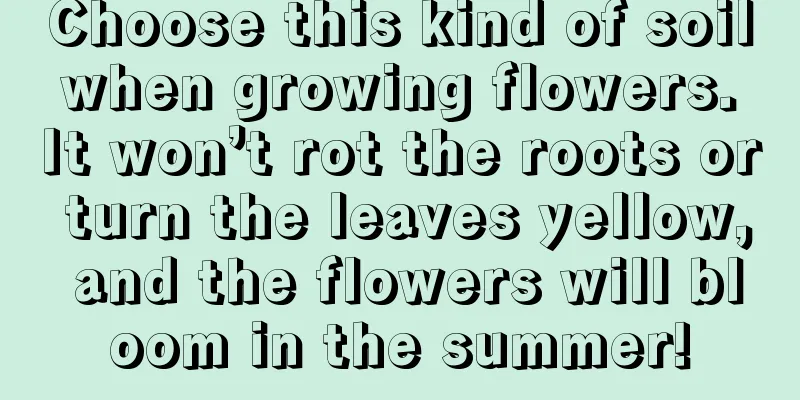
Garden SoilSource: nearby community green belts, fields or parks. Advantages: The fertility of the garden soil is quite high. Disadvantages: If you water too much, the water permeability will become worse; if it is too dry, it will cause the soil surface to become compacted, so it cannot be used alone. Peat soilSource: Bottom of ponds, rivers, lakes, not easy to dig Advantages: It has excellent water and fertilizer retention capabilities, is light in texture, and is basically free of diseases and pests. Disadvantages: It contains fewer nutrients and cannot provide sufficient nutrients for flowers. Leaf moldSource: On the mountain, under the big tree, in the rotten grass Advantages: The soil made from rotten leaves is loose and highly breathable. Disadvantages: It may contain a lot of insect eggs and bacteria, and it may cause bacterial infection if not disinfected. Pine Needle SoilSource: Dig up the surface under the pine tree, the lower layer is the already decomposed pine needle soil Advantages: Weakly acidic, loose and highly breathable. Disadvantages: It is not recommended to use on small seedlings as the pores are too large to cover the roots. Coconut peatSource: Made from the fiber powder of leaf husks, available for purchase. Advantages: It is very permeable and breathable, and will not cause water accumulation in the basin. Disadvantages: It does not contain any nutrients and is best not to use it alone. Sphagnum mossSource: A natural moss that can be dug up in the wild. Advantages: clean and free of germs, heat-insulating and moisturizing, ventilated and breathable, mainly used for growing orchids. Disadvantages: It needs to be fully absorbed and soaked in water before use. VermiculiteSource: Bought Advantages: natural and non-toxic, strong water absorption, good air permeability, often used in cuttings or seedling cultivation. Disadvantages: It will become broken into pieces after a long time, and the water permeability and air permeability will be greatly reduced PerliteSource: Bought Advantages: Improve soil permeability and air permeability, more stable than vermiculite, not easy to decompose into powder Disadvantages: Contains no nutrients and cannot be used directly. cinderSource: Picked up from roadside garbage dumps or coal burning sites Advantages: permeable and breathable, contains trace elements, and provides nutrients for flowers Disadvantages: It must be screened before use. If not screened, it will be highly alkaline and easy to burn the roots. It will also be dusty and have poor air permeability. ClaySource: Bought Advantages: Increase soil permeability and air permeability, and can be used directly on the bottom of the pot. Disadvantages: No nutrients. Regarding the soil for growing flowers, That’s all I have to say about Huahua. Have all the flower lovers learned it? After all, only if you choose the right soil, This is the first step to successful flower cultivation! |
<<: Planting methods and precautions for Cuiguan Pear
>>: How to cultivate green palm
Recommend
Does buckwheat have a high yield? What is the yield per mu?
Is buckwheat productive? Buckwheat yield is not v...
How to grow garlic
1. Prepare the container First prepare a hydropon...
How to grow cyclamen in winter
In winter, many gardening enthusiasts tend to cul...
What can hydroponic plants grow well? Can compound fertilizer be used?
1. What to put for good growth 1. Aspirin tablets...
The difference between firecracker flower and trumpet creeper
Different leaves There are some differences betwe...
When and how to plant Chinese cabbage moss
Planting time of cabbage moss Cabbage sprouts are...
Cultivation methods and precautions of foxglove
Foxglove is relatively easy to grow and has stron...
Geranium cutting propagation methods and precautions
Geranium propagation method Geranium is widely gr...
Four-season Begonia cultivation methods and techniques
Begonia is one of the ornamental plants loved by ...
What brand of water-soluble fertilizer is good for cucumber flushing (what water-soluble fertilizer is good for cucumber yield)
Cucumber is a common vegetable on the table of co...
How to fertilize canna
Canna fertilization method In addition to applyin...
The flower language and symbolic meaning of mallow
Flower language of mallow The flower language of ...
How to water mountain roses
Tips for watering mountain roses Mountain rose do...
What are the cultivation methods and precautions for holly?
Holly is famous for its evergreen leaves and exce...
How to plant onion seeds
Onion Seed Introduction Onion seeds are generally...
